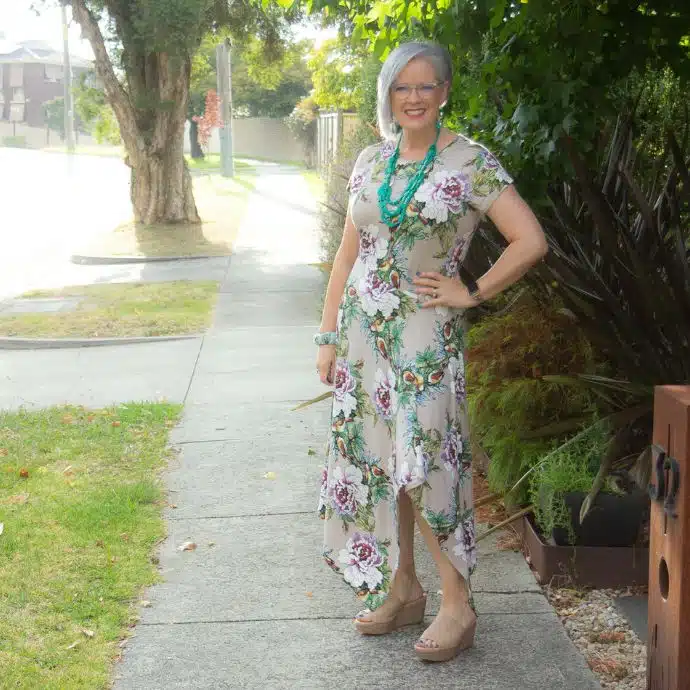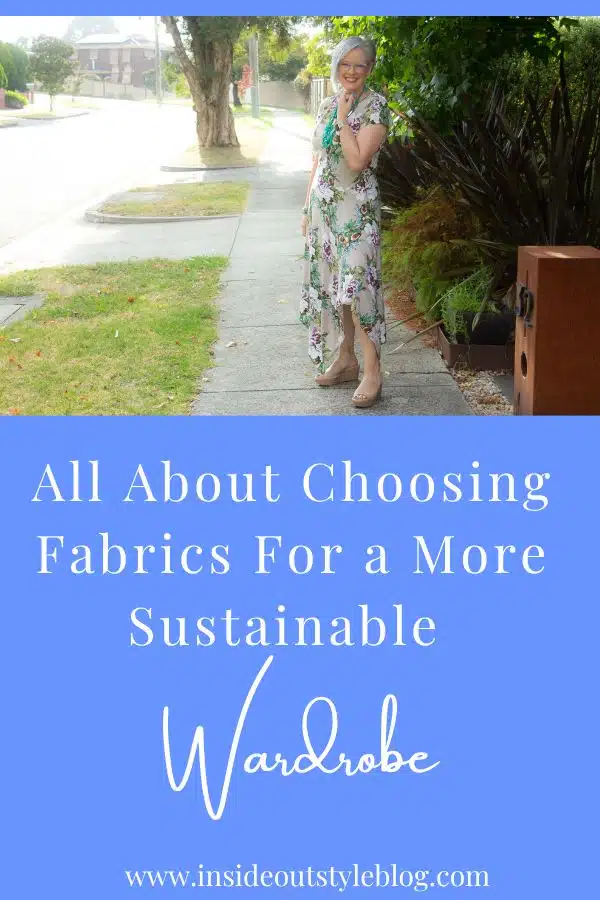



Do you want a more sustainable wardrobe? There are many aspects to sustainability in fashion and one that many haven’t considered is the fabrics that are used in making the garments you wear. The wrong choices can mean your clothes wear our more quickly which means more waste and environmental damange.
Choosing the right fabric is important for any garment. The best fabrics for durability and comfort depend on your personal preferences, the climate that you live in, and the activity you are doing. No one looks good when they feel miserable but we each have different preferences for both function and style when it comes to our fabric choices.
What to Consider When Choosing Fabrics for Your Clothes
&iv;&modestbranding;&rel;&autohide;&playsinline;&autoplay;
Garment use
There are a wide range of fabrics used in many ready-to-wear garments. The garment’s use is the primary influence of the type of fabric that could be used in the manufacturing process. Consider the different designs and construction techniques between a suit jacket and a rain jacket and you can see that the types of fabric needed for each garment is different. A suit jacket is typically made with a structured design and construction techniques that prioritize style and formality. A rain jacket, on the other hand, is designed to be functional and protect the wearer from the elements and needs to be waterproof as well. The construction techniques used for a rain jacket often prioritize waterproofing and durability, with features like sealed seams and waterproof fabrics.
Fibre Content
Fabrics can be made from a variety of fibers, including cotton, silk, wool, and synthetic materials. Natural fibers are grown in nature – hence the ‘natural part! – and can be both cellulose fibers (cotton, hemp, linen) or protein fibers from animals (silk and wool). Manufactured fibers refer to those that are not found naturally, but instead are created by man, whether from natural materials like cellulose fibers (rayon, bamboo, viscose) or derived from other means like petrochemicals (polyester, acrylic)! And then there are fabrics made from plastics (polyurethane) which give garments stretch (spandex, elastane, lurex) and even a small amount of this kind of fibre added to another fibre in a garment makes the garment more stretchy and comfortable as it can stretch up to 8 times its size.

This dress that I made (Style Arc pattern Elley Designer Knit Dress) is a rayon spandex mix, super comfortable and cool as well, with a lovely flowy drape.
My trick with fabric blends is to avoid more than three different fibres. By limiting the number of different fibers in a fabric blend, I can avoid potential issues with shrinkage, pilling, or uneven wear. For more on this read, How Long Will Your Clothes Last Before They Wear Out?
Fabric Weight
Fabric weight is measured in grams per square meter, and can range from very lightweight to heavy. The weight of a fabric can affect its drape, durability, and overall quality. Generally, lightweight fabrics are suitable for warm weather and draping, while heavier fabrics are better for colder weather and structured garments.
Drape
Drape refers to the fabrics swishability or how the fabric hangs and moves. Some fabrics have a stiff drape that stand away from your body, while others are more fluid and drape well and hang closer to your body, adding elastane to a garment often makes it more fluid and drapes better than the original natural fibre on its own. Also adding a synthetic such as elastane or polyester reduces crushing and ironing, so if you hate ironing it can be worth looking for a simple blend of fibres. Think about how the fabric will be used and choose accordingly.
Fabric care
Look at the care instructions: Make sure you choose a fabric that can be easily cared for and maintained. Some fabrics require special care or cleaning methods.
Polyester is a very durable, wash and wear fabric. If your climate is cooler, polyester can be a great fabric but in hot climates, polyester can be sweaty and stinky.
Fabrics I avoid at all costs – acrylic! It’s a synthetic wool that because of its short fibres with many ends, pills and looks shabby very quickly so ends up in landfill as waste.
Understanding fabrics can help you make informed decisions when it comes to choosing clothing. Different fabrics have unique characteristics that affect their durability, comfort, and care requirements. By learning about these qualities, you can select fabrics that suit your needs and preferences.
Tell me more…
Which Sort of Fabric Drape to Choose for My Body
Choosing the Right Fabric to Look Elegant and Stay Cool
How to Choose Fabrics to Flatter
Fabric Choices – Should I Choose Matte, Sheen or Shine?
What Makes an Outfit Aesthetically Attractive?







